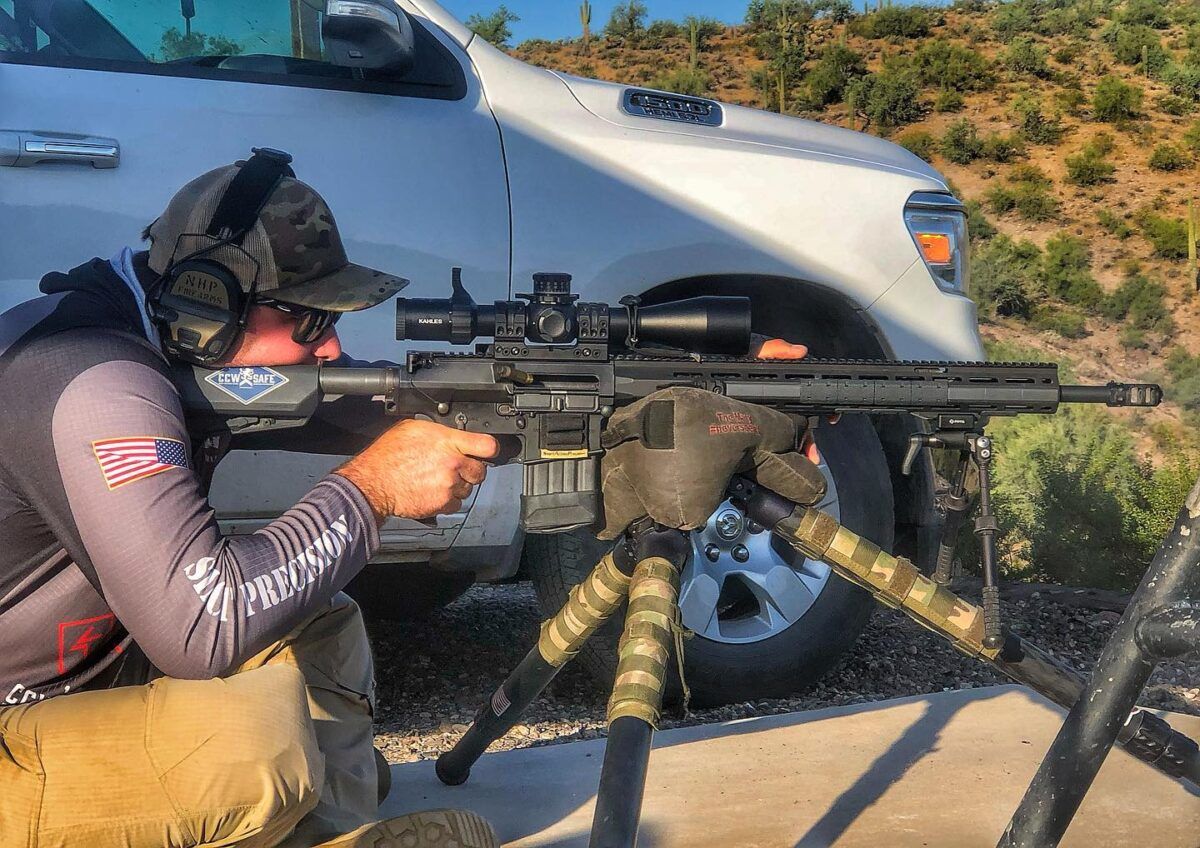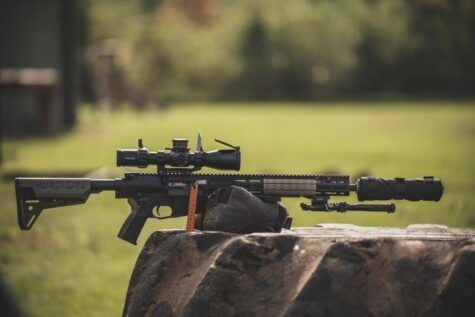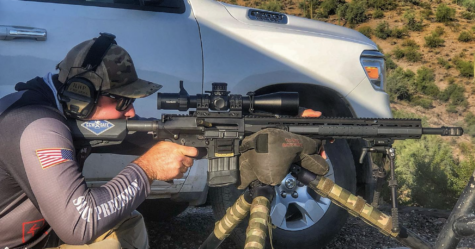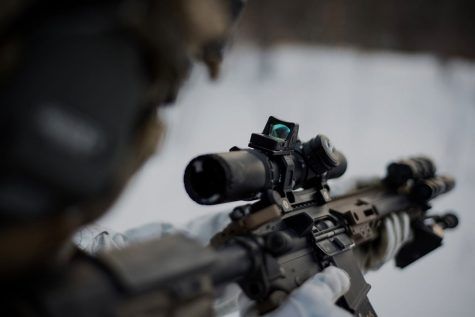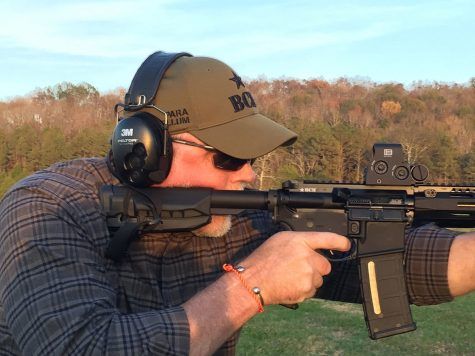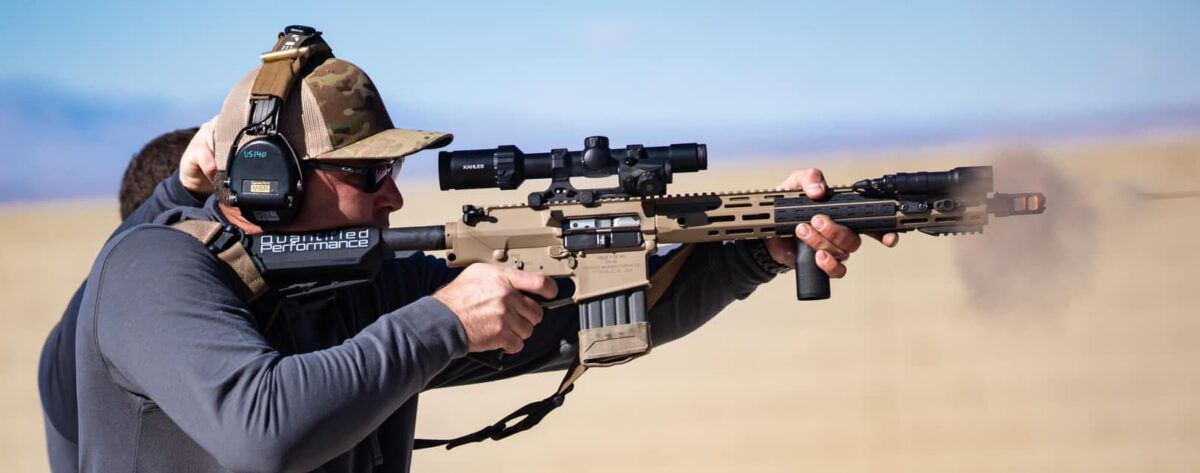
AR enthusiasts seeking new challenges and excitement can find themselves venturing into the world of long-range, precision gas gun shooting. One shooter fast making a name for himself in the world of precision gas guns is Jeremy Tye.
We recently sat down with Jeremy to learn more about how he got involved in long-range precision shooting, his reasoning why 6.5 Creedmoor is king, and what sort of rifle is best suited for the task. In part two later this week, we’ll touch on the accessories you need and other important factors to consider.
Q: Jeremy, thanks for joining us and agreeing to share a bit of information on long-range precision gas gun shooting with us. We get a lot of questions on caliber and setup and would love to learn more. Let’s start with your background and what attracted you to shooting long-distance with gas guns.
Jeremy Tye – I’m a 36-year old full-time law enforcement officer and part-time competitive shooter. I got started in the competitive world when I was a kid. I must have been around eight years old. My dad was big into rifle matches – not the kind of stuff I am into today. He was into long-distance shooting. I grew up in Fallon, Nevada, and we’d drive to the public range north of Reno where they had 1,000-yard bays.
I started off by helping my dad carry ammo and move guns. He’d let me work in the pits tagging the targets and putting the little markers on them. Then he started allowing me shoot. I would shoot in 600-yard matches. I was just a little kid, and I didn’t know what I was doing, but I put the crosshair where my dad told me to. I would touch the trigger, and the gun would fire, and I was the best little kid out there (laughs.). I got hooked.
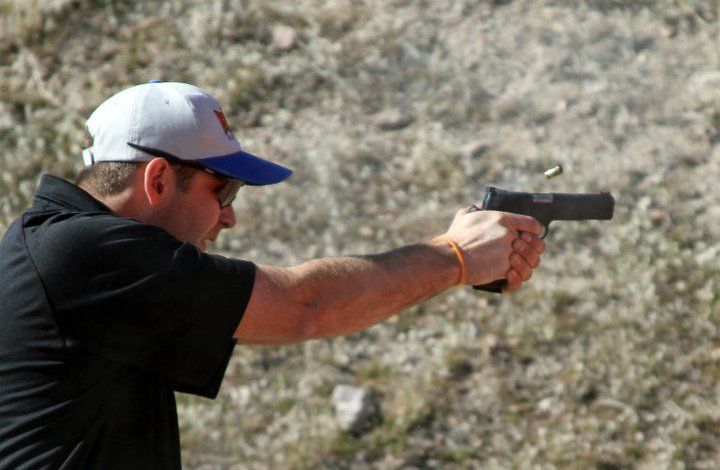
I was way too young to understand what I was doing, but around that time, I also began reloading. I can vividly remember throwing every powder charge. I would throw it, hand it to him, and he’d trickle in the last few grains. I absolutely loved reloading with my dad. As time went on, I started shooting 1,000-yard matches with a 6.5-284 that was made by a renowned custom gunsmith who was based in Fallon. Then I got out of shooting and into baseball. I played baseball in junior high, high school, and into college. When that ended, I came back to firearms but came back to handguns.
I had no experience with handguns, but I chose them because I knew I wanted to be a police officer. Every cop has a pistol on their belt, and I didn’t know anything about how to shoot a handgun, and I wanted to be the best at doing that when I went into the academy. I bought a Kimber single-stack 1911 and it was the first handgun I ever purchased, and I started shooting USPSA at the pistol club out here in Reno. I got hooked on USPSA. It consumed my life, and I ended up working my way up to “Master,” and just a few percentage points away from earning “Grand Master.” It’s one of the things I want to reach if I ever get back into USPSA.
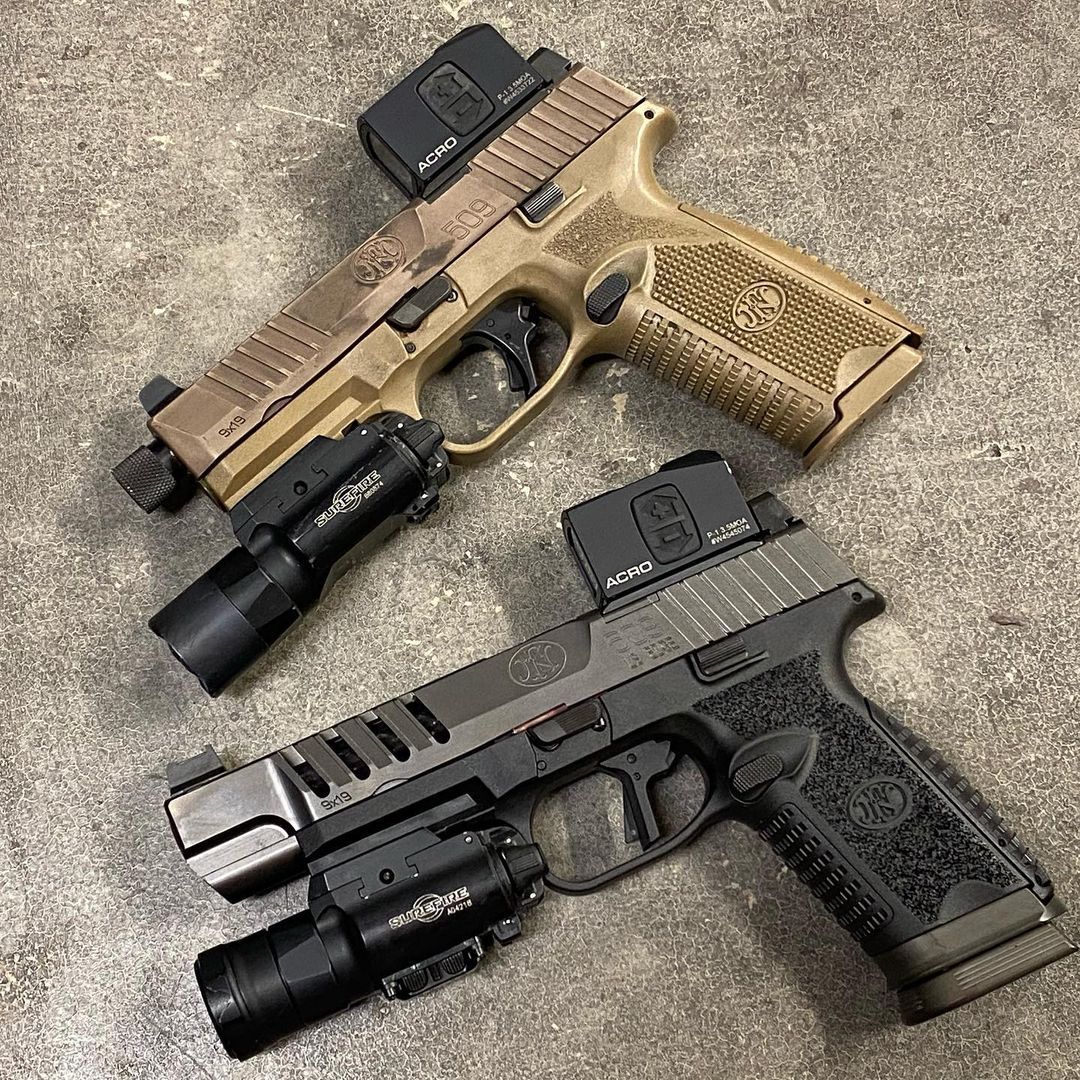
During this time, I got hired by the Nevada Department of Corrections. I was a prison guard, as it was the only law enforcement job opening in the state of Nevada at the time. Eventually, the Nevada Highway Patrol called and asked if I was interested, and I told them I was. I went through the academy and ended up in Las Vegas. If you’ve been to Vegas, you know it’s the hottest place on earth, and due to the heat and sun, I lost all interest in shooting pistol matches (laughs). As such, I spent a few years away from competitive shooting.
While in Vegas, I made new friends. One introduced me to the long-range, precision-y rifle world. Yes, I had been hooked on USPSA, but nothing compares to how I feel about precision rifle shooting today. My first few matches at Sin City Precision, I borrowed his 6.5 Creedmoor GA Precision rifle with a Bushnell scope.
I was a nobody, but everyone was super helpful, welcoming and friendly. They were all fantastic people, and I’ve found that to be true of almost everyone in the world of precision rifle shooting. They are the kind of people I’d want to be around even if I was not shooting. Shooting sports have the best people, and would give you the shirt of their back if you needed it.
Knowing this is something I wanted to pursue further, I had a local gunsmith, Dane Miller Rifles, or DMR, build me a rifle. I still shoot his rifles today. One thing led to another, and until very recently due to a move, I was shooting one major a month, as well as a few local matches. Basically, I was shooting every weekend, and any weekend I was not shooting, I was training someone else. Now, I am still in the precision rifle world, but focusing more on the precision gas gun side of things than on the bolt gun side of things.
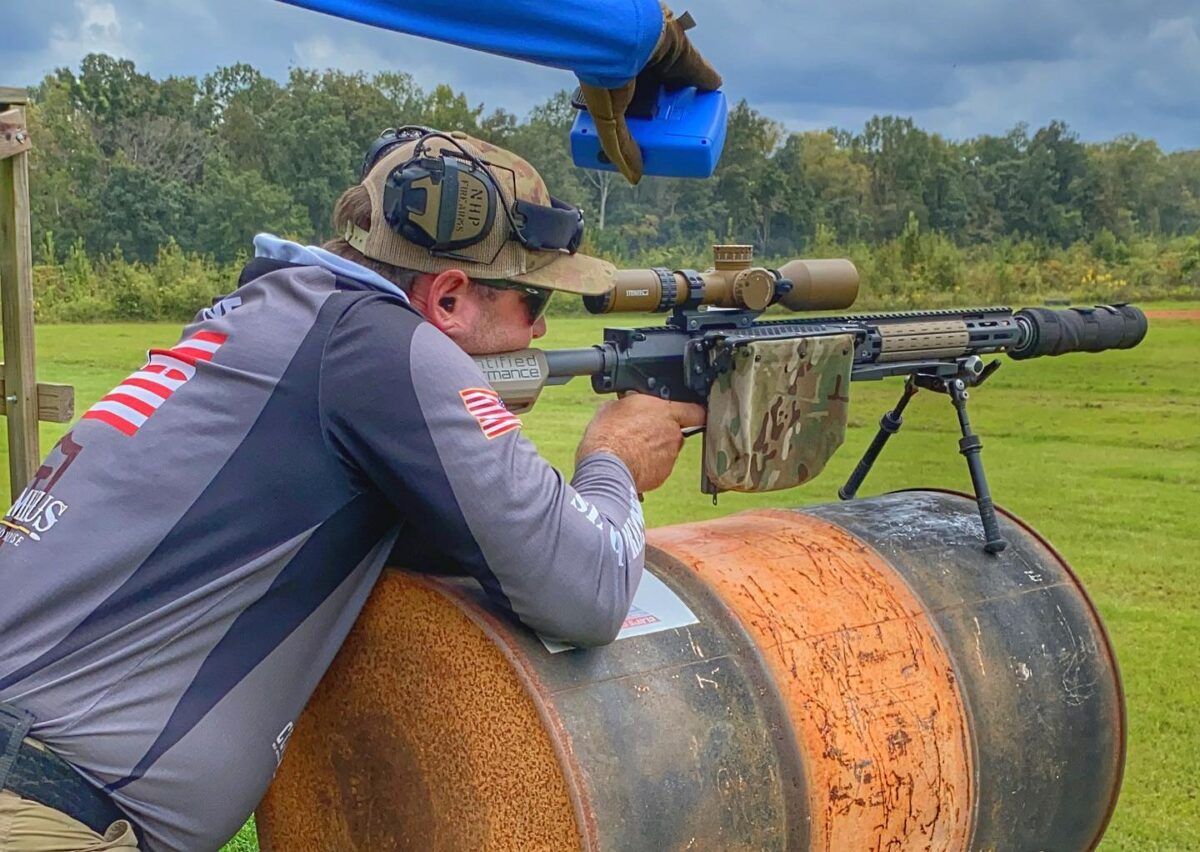
I enjoy beating people with gas guns because everybody knows that gas guns are not accurate. They don’t work (laughs). I’m out there doing my best to prove those people wrong.
Q: What is your preferred precision gas gun for these types of events, and why?
Jeremy Tye – Right now, I am running a bunch of Knight’s Armament SR-25s in 6.5 Creedmoor. I run them at just about every match I go to.
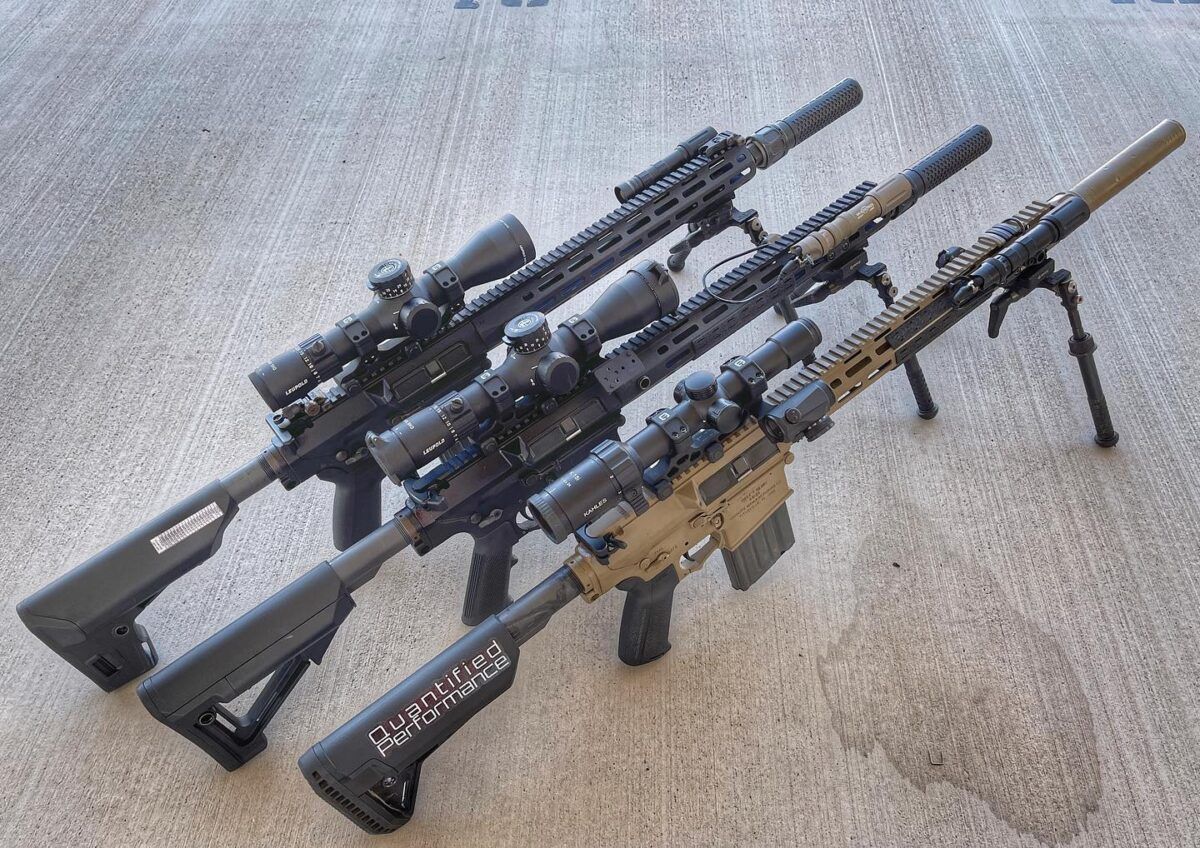
Q: Why is 6.5 your go-to for precision gas gun shooting, and if someone wanted to do what you’re doing, would that be the best caliber to start with versus starting out with a simple gun in 5.56? If so, why?
Jeremy Tye – 6.5 Creedmoor today is what .308 has been since the beginning. 6.5 is the new entry-level caliber and it has taken over that role from .308 for several reasons. Number one, it is more ballistically effective. You can shoot further and it is less impacted by the wind, so it is an easier caliber to learn.
More importantly for precision gas gun shooting, there is less recoil. If you want to get into this long range, precision game, you mention 5.56, and 5.56 can be great if you are handloading, shooting long, heavy bullets. Perhaps you blow out the shoulder and shoot a .223 AI (Ackley Improved), but for a person just getting into the sport, 5.56 is really going to limit you. With the matches you are shooting today, it’s just not going to be competitive, as you can’t get it out there as far as you can with other calibers. 6.5 Creedmoor can take you out to 1,400-1,500 yards, which is about the limit of what we’re doing.
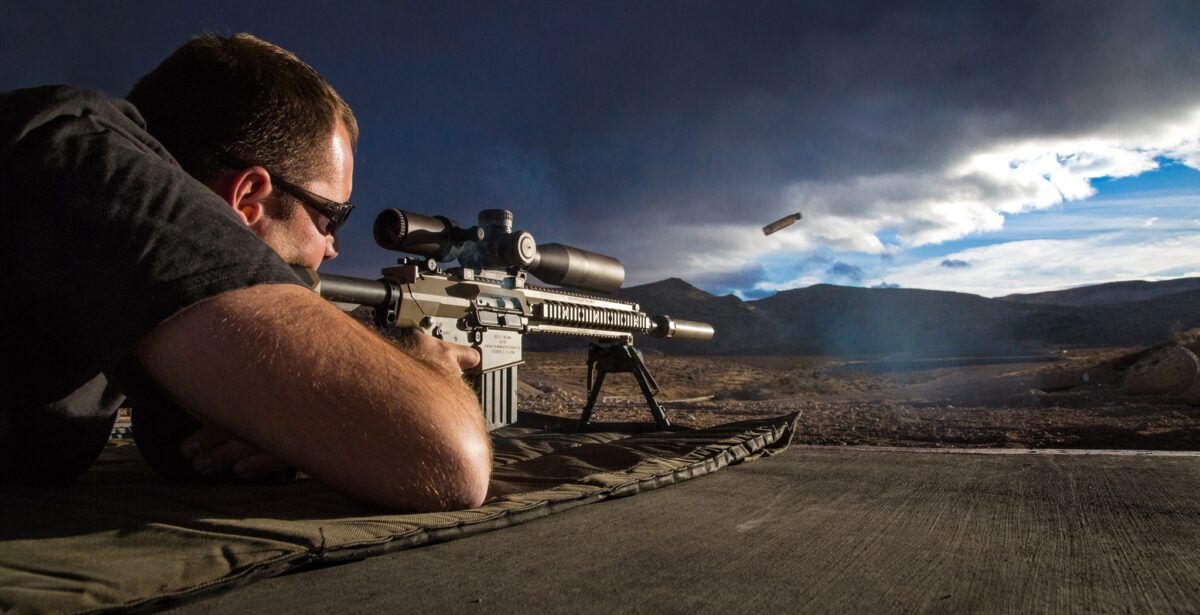
It’s everything that you need and nothing that you don’t for precision gas gun shooting. It also allows for pretty good barrel life still. Most competitive guys now are shooting some sort of 6mm, and for the hot 6mm, like 6mm Creedmoor, 6 XC, 6×47, those rounds will give you maybe 1,200-1,400 rounds of barrel life before you’re looking to replace. 6.5 Creedmoor is easily double that.
It’s not uncommon to get 3,000 rounds out of a barrel unless you are running them super, super fast. So, barrel life is a thing. 3,000 rounds can get you through a year-long season. With other rounds, your gun is going to be down for a minute getting a new barrel put on.
Another thing worth considering is ammo availability. Let me preface that by saying that nothing is available on shelves right now, but before this ammunition shortage, 6.5 Creedmoor was almost as popular as .308.
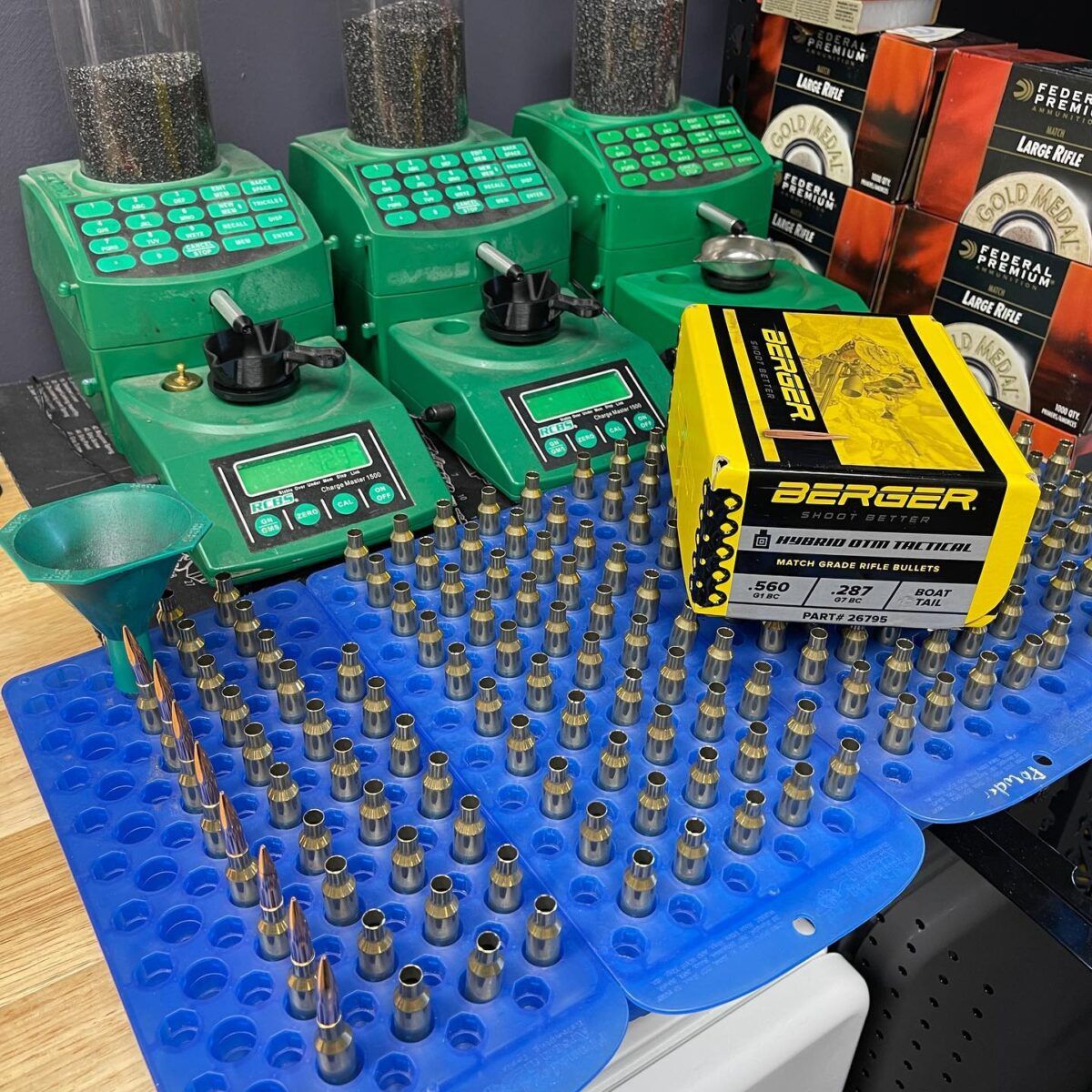
So, to summarize, the big three benefits are is that it is easier in the wind, it is easier on your shoulder, and you can find it at Wal-Mart. There is really no reason to shoot .308 anymore as a learning or introductory cartridge. There is now a better option out there.
Q: To be clear, we’re talking precision gas guns, here right? Or are you using it in bolt guns too?
Yes, to clarify, I only shoot it in the gas guns. In my bolt guns, I have an action where I can change barrels out at-will, and I have all sorts of barrels for that. In the gas guns, I shoot 6.5 exclusively because that is the only caliber (other than .308) that Knight’s Armament offers in their SR-25. It just so happens that it is a pretty good cartridge, but it’s what I have to shoot because that’s what Knight’s offers.
Q: What is it that we should be looking for in a gas gun? What is it about your guns that make them right for you?
Jeremy Tye – For small frame gas guns, everyone has the little guns figured out. You can buy an AR-15 from pretty much any name-brand manufacturer and be relatively confident that the gun is going to do what it is supposed to do. However, when you get into the large frame world, that is 100 percent not true.
Small frame guns are pretty standard, and parts will interchange, for the most part, from one brand to another. In the large frame world, that is very, very uncommon. Everyone has their own receiver set with their own dimensions. There are different barrel extensions, different rail heights above the receiver, it’s not standard at all. You can build a large-frame AR that might work, but it might not. If it does not work, you have zero support.
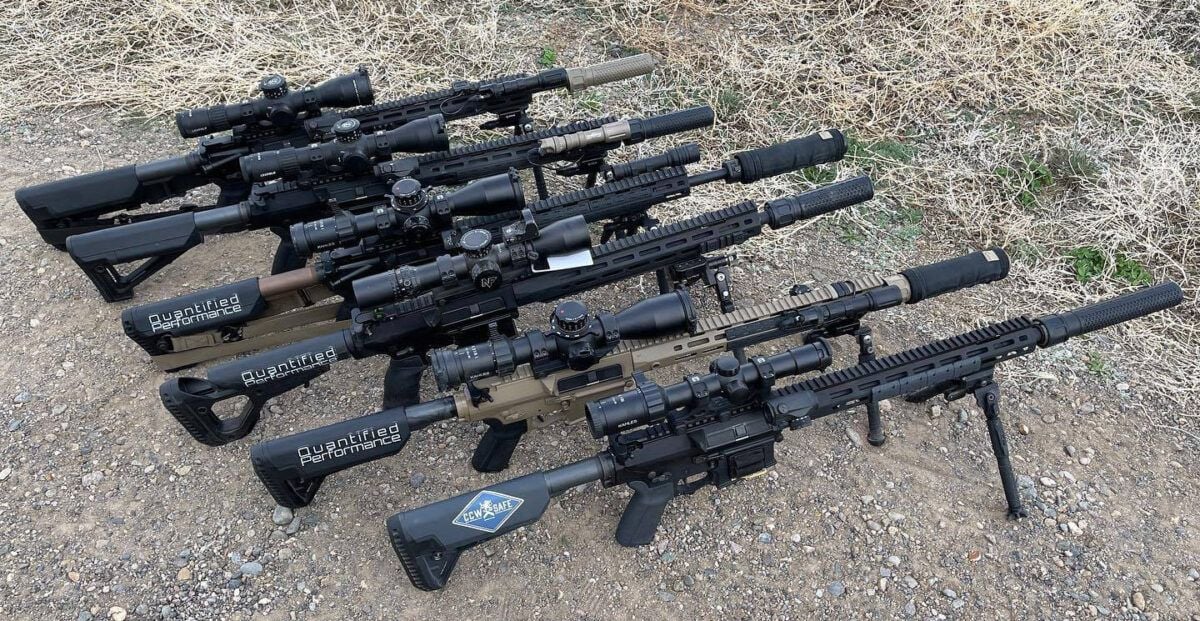
So, I always tell guys or girls that if they want to shoot the big ARs, they need to get a factory AR. You can build small frame ARs until you are blue in the face and your fingers are numb, but the big guns take some magic, experience, and wizardry to work well. If they stop working, you have some support to get it back up and running again.
The reason I chose Knight’s Armament for a precision gas gun is, because in my mind, the most important characteristic for a large frame gas gun to have is that it be reliable. Reliability can mean different things to different people. For someone who just likes to go to the range one weekend a month, reliability might mean that he or she can make it through a range session without having to put any maintenance into the gun.
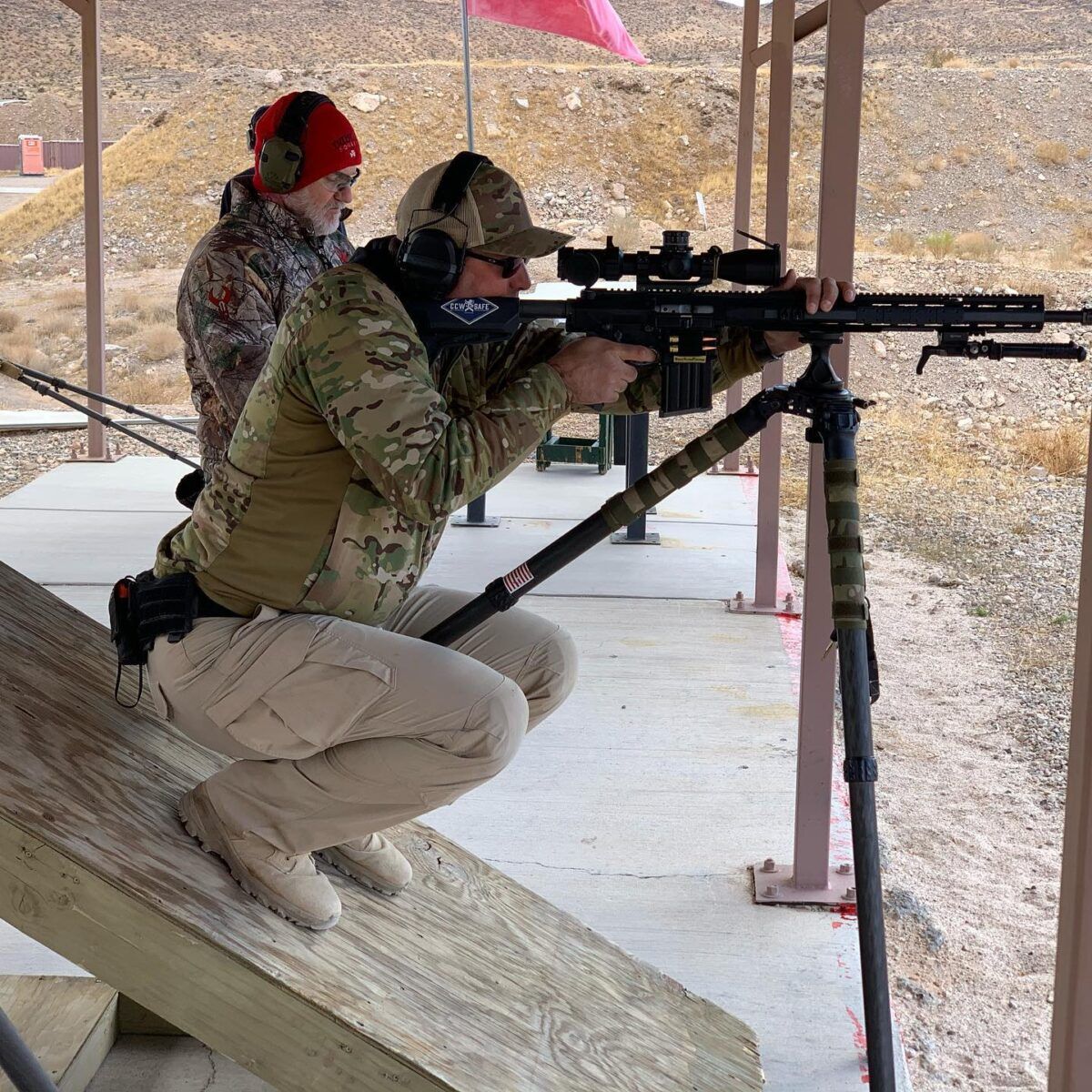
To me, my definition of reliability is different. I have three SR-25s with over 6,000 rounds through them overall, and I’ve experienced no failures of any kind. That’s reliable to me. I have pretty significant experience with other manufacturers of large frame ARs, and no one else touches Knight’s when it comes to reliability. They’re the best and they work every time I pull the trigger. They just work.
Q: Reliability is one thing. How accurate do these guns need to be?
Jeremy Tye – Knight’s does not make the most accurate gun, or the gun with the most precision capability. I have seen guns from other precision manufacturers that will shoot tighter, but at what point does a rifle’s precision ability not matter anymore? All three of my 6.5 guns will shoot ½” at 100 yards.
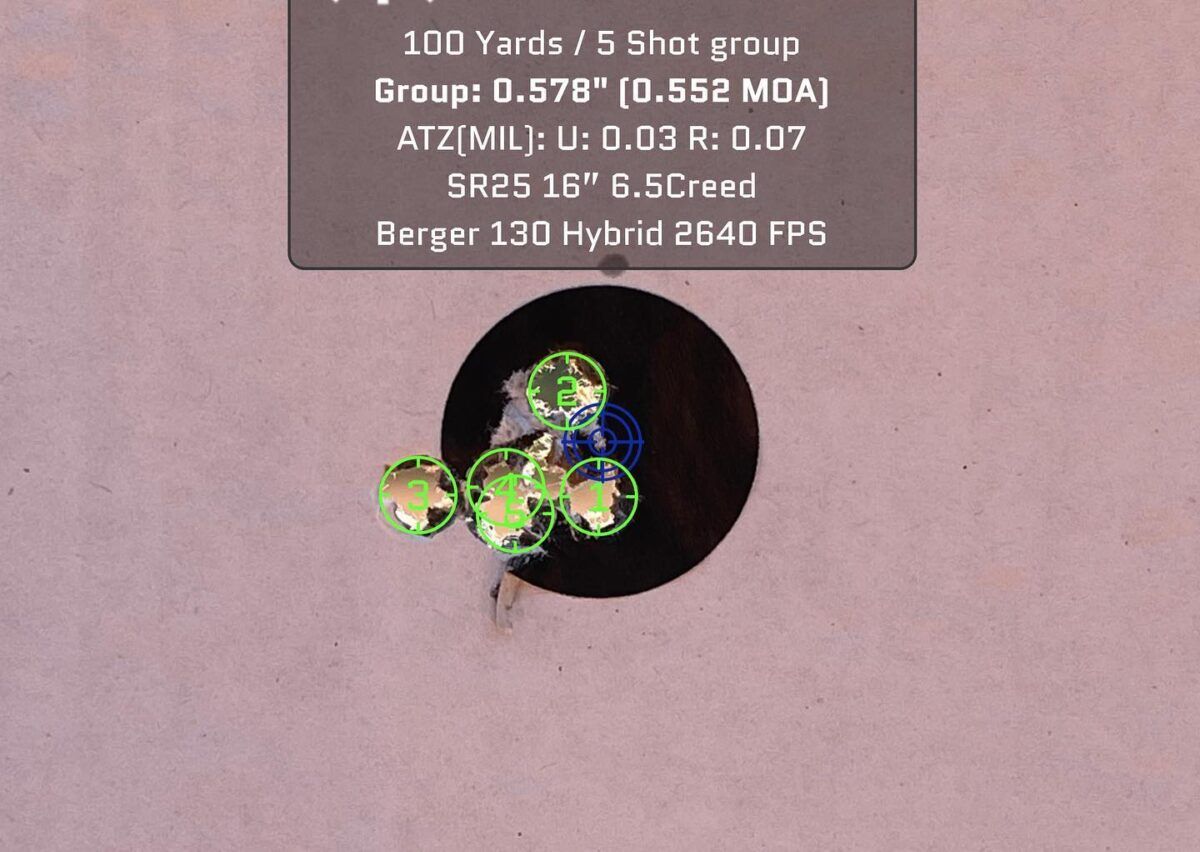
That’s good enough to hit any target, at any precision gas gun match in the United States. If the gun meets a precision standard, that’s all I care about. If it just barely meets that standard or if it beats that standard in half, that does not matter to me. As long as it is capable of the level of precision I need, then that’s it.
It’s a ‘yes’ or a ‘no.’ I don’t get wrapped around the axel about results at 100 yards. The results on paper at 100 really don’t mean anything in a precision rifle match. As long as the rifle has the mechanical ability to hit the targets out in the field, that’s all that matters. You don’t get points for who shot the tightest group while you were doing load development.
Q: Some readers may balk at the somewhat steep price of a factory Knight’s or another gas gun. Can you address that?
Jeremy Tye – Admittedly, Knights is on the higher end of the price spectrum, but you do get what you pay for, and the adage “buy once, cry once” applies here, especially if you are going to shoot that gun a lot. The bottom line is that for precision gas gun shooting, you should do your research on what works for your budget with a focus on quality and reliability.
Also keep in mind that after selecting the rifle that is right for you, that’s just the start, there are going to be other expenses, and those are also situations where you’re going to want to get the right equipment the first time. This is an area we can explore in the future if you’d like.
###
Are you interested in learning more about long-range precision gas gun shooting? If so, look for more information and advice from Jeremy Tye soon in Part II.
